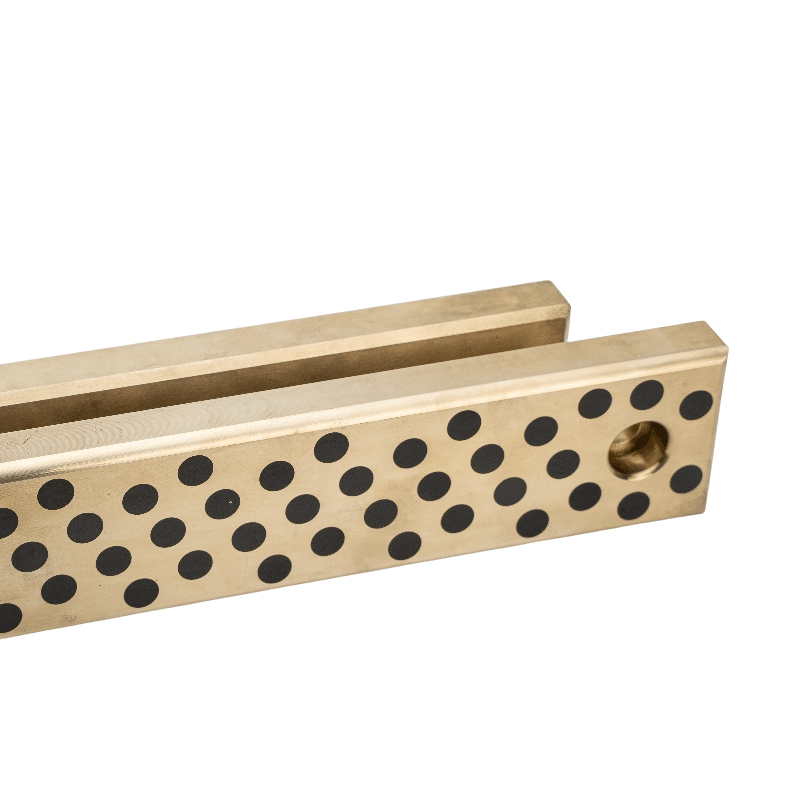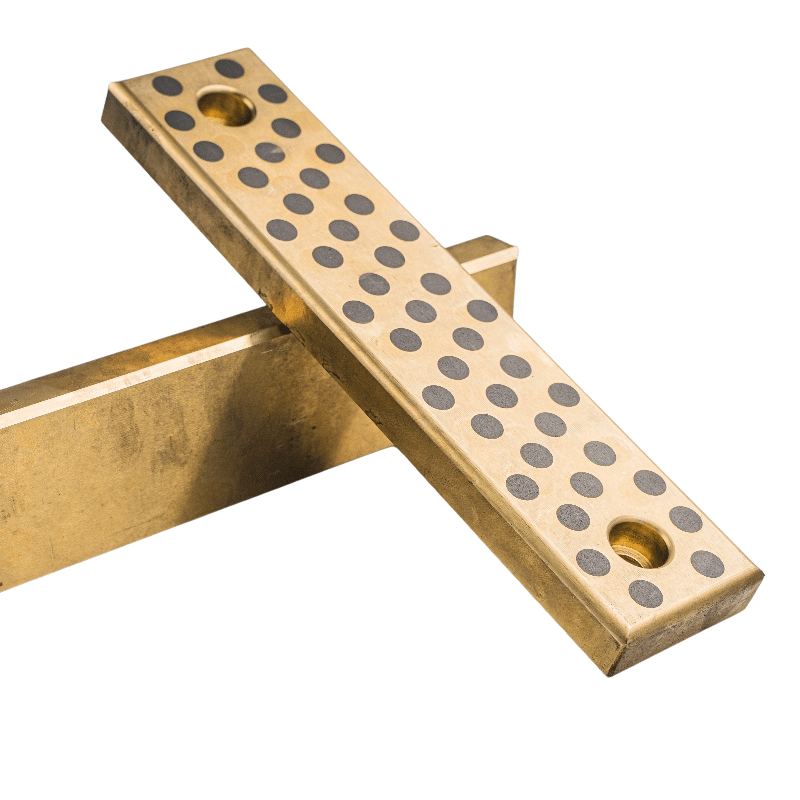Unveiling A Series Wear Plates: Your Solution to Precision and Performance
Bearing Bronze Solutions – Tailored for Efficiency & Strength

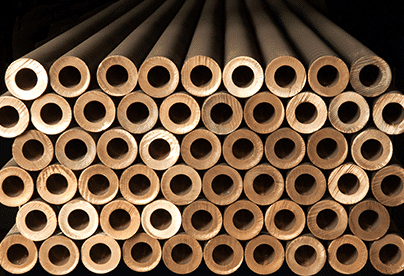
Wear Plate Design, Bronze with Grease Grooves:
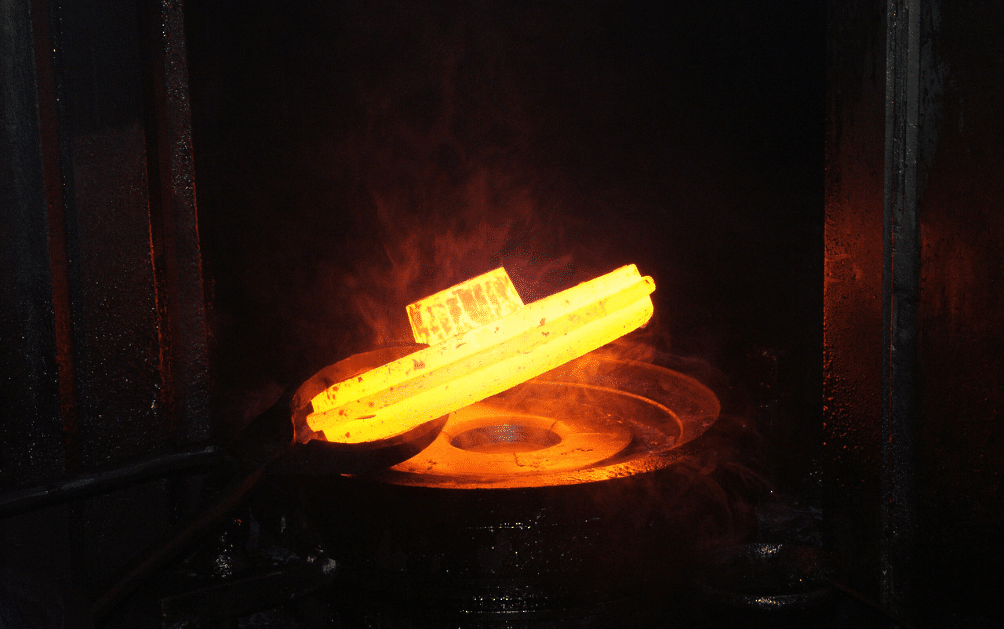
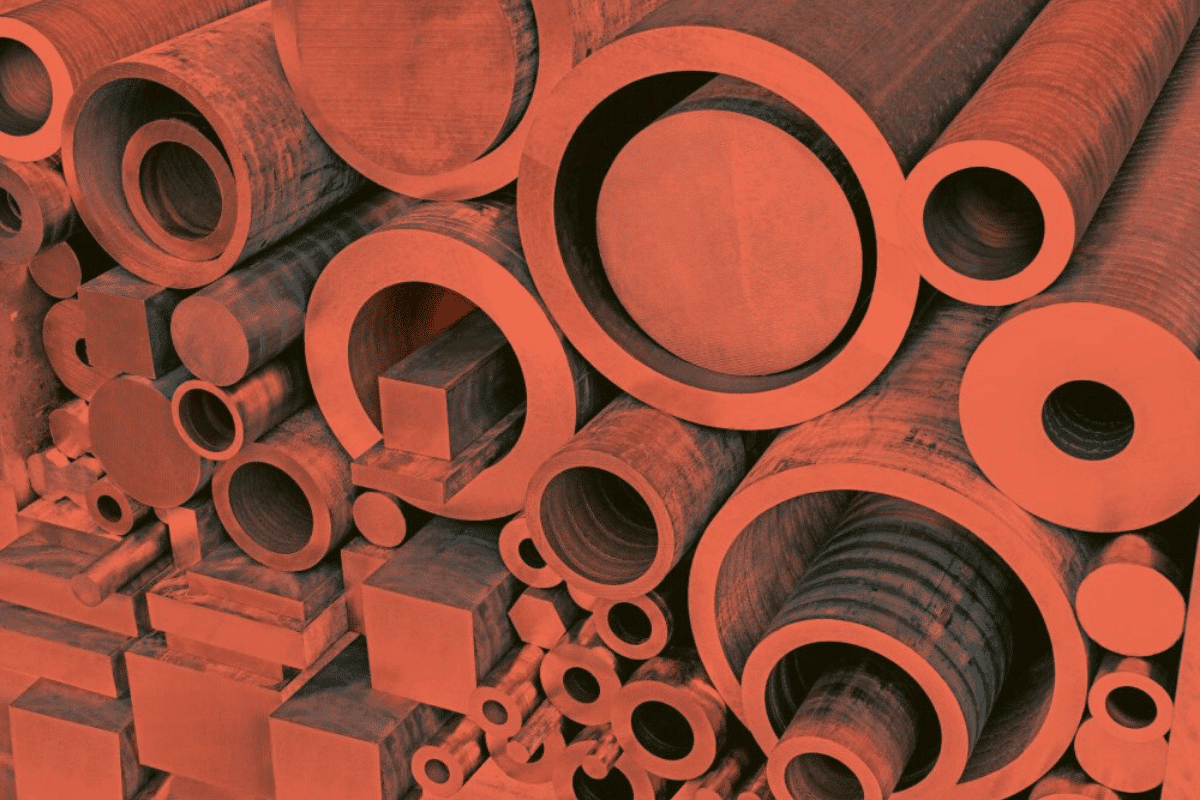
Wear Plate Bronze with Graphite:
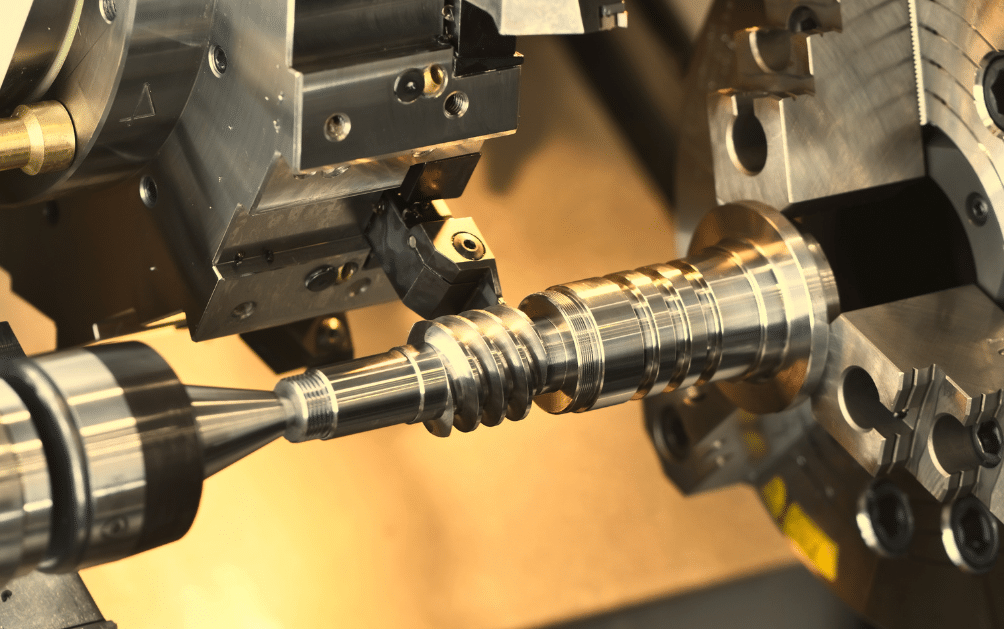
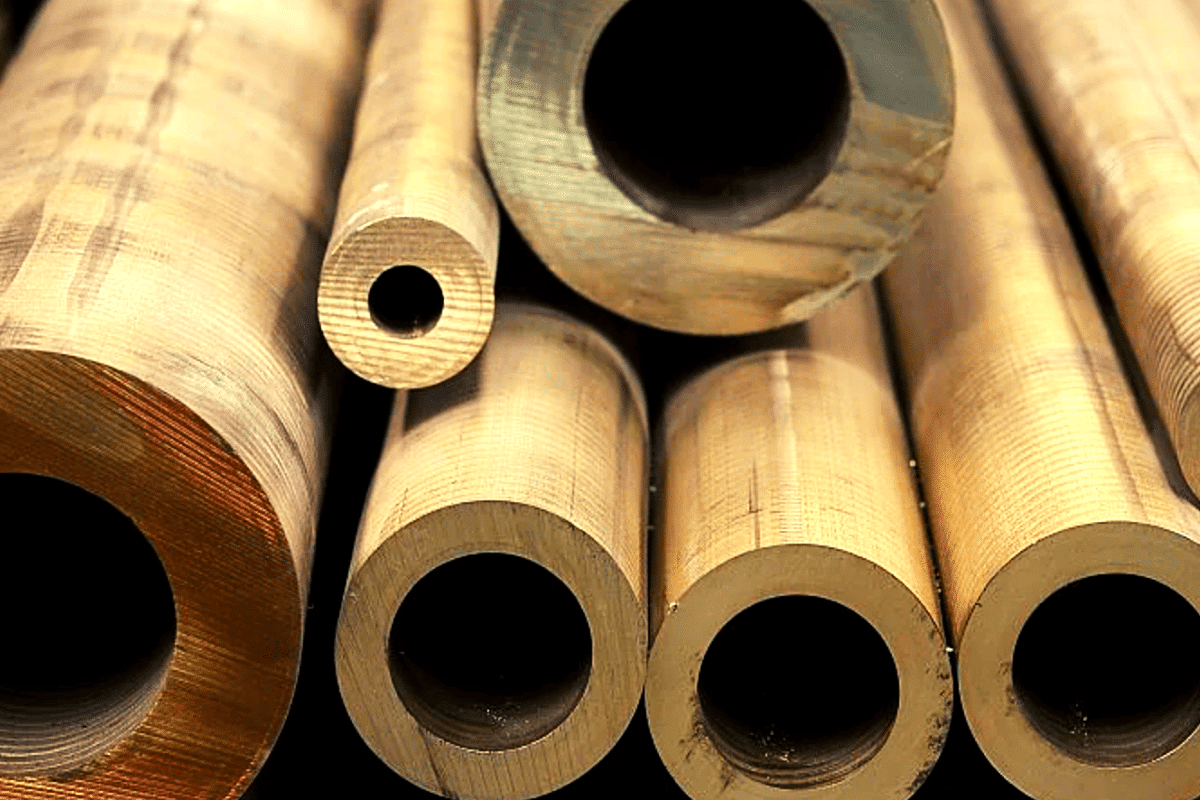
Slide Plate Bronze without Graphite:
Durable Wear Plates – Long-Lasting Performance
The A Series Wear Plates cater to a wide range of industries and applications, including but not limited to automotive, aerospace, manufacturing, and heavy machinery. Whether it’s minimizing downtime, improving efficiency, or prolonging equipment lifespan, these wear plates deliver tangible benefits across various sectors. High-Quality Bronze Plates – Long-Lasting Lubrication!
ASTM Bronze Wear Plate
EN 1982 Bronze, Solid Brass Wear Plate
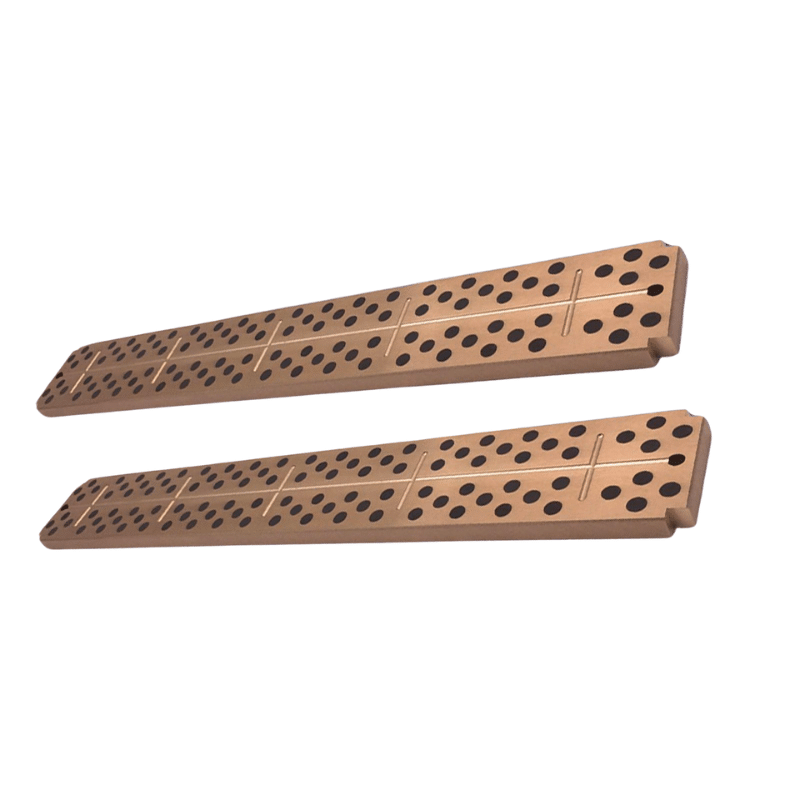
The Advantages of Graphite in bronze Wear Plate Slide Rails, Key Features and Benefits
Wear Plates represent a significant advancement in self-lubricating bronze slide wear technology. With its unique design and versatile configurations, it offers unparalleled performance and reliability in diverse applications. Whether you’re seeking to optimize efficiency, reduce maintenance costs, or enhance equipment lifespan, the A Series stands ready to exceed your expectations. Experience the difference with Wear Plates – where precision meets performance.
Graphite, known for its exceptional lubricating properties, is a key material in custom wear slide rails. Here are the primary benefits that graphite imparts to these components:
Self-Lubrication: Graphite’s inherent self-lubricating properties drastically reduce friction between moving parts. This minimizes wear and tear, ensuring smooth and consistent operation even under high-load conditions.
High Temperature Tolerance: Graphite can withstand extreme temperatures without degrading, making it ideal for applications involving high heat. This property ensures the wear slide rails maintain their structural integrity and performance in challenging environments.
Chemical Resistance: Graphite is highly resistant to a wide range of chemicals, making it suitable for use in corrosive environments. This resistance extends the lifespan of the wear slide rails, reducing maintenance and replacement costs.
Reduced Maintenance: The self-lubricating nature of graphite minimizes the need for frequent lubrication, thereby reducing maintenance downtime and operational costs. This is particularly advantageous in applications where continuous operation is critical.
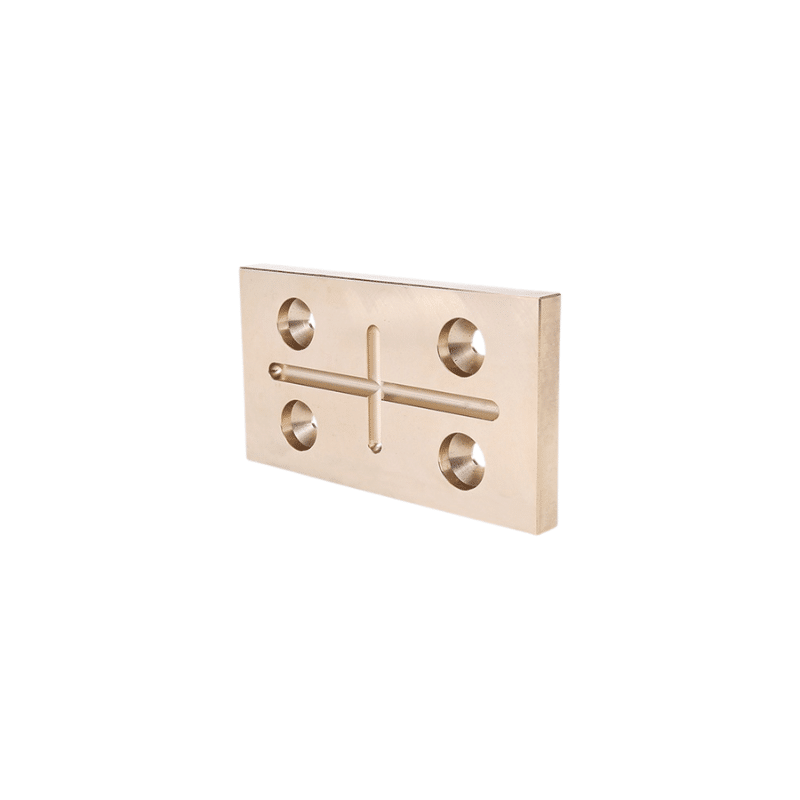
Self-lubricating wear plate grooves, Precision Wear Plates – Enhance Your Machinery
Self-lubricating wear plate grooves represent a significant advancement in machinery design and optimization. By harnessing the power of lubrication, these grooves offer tangible benefits in terms of efficiency, performance, and sustainability. Whether it’s extending equipment lifespan, minimizing downtime, or enhancing productivity, the integration of self-lubricating wear plate grooves is a testament to the ongoing innovation driving the industry forward. Embrace the future of machinery efficiency with self-lubricating wear plate grooves, where smoother operations pave the way for success.
Customization for Specific Applications
The true strength of custom wear slide rails with graphite lies in their ability to be tailored to specific applications. Here’s how customization enhances their performance:
Precision Engineering: Custom wear slide rails are designed with precise dimensions and tolerances to fit specific machinery perfectly. This ensures optimal performance and reduces the risk of misalignment or improper fitment.
Material Selection: Beyond graphite, the base material of the slide rails can be selected based on the specific requirements of the application. Options include various grades of bronze, steel, and other metals, each offering distinct benefits.
Groove Patterns: Custom groove patterns can be incorporated into the wear slide rails to enhance lubrication distribution. This ensures that the graphite is effectively spread across the contact surfaces, providing consistent lubrication throughout the operational cycle.
Load and Speed Adaptation: Custom wear slide rails can be engineered to handle specific load capacities and operational speeds. This ensures that the components are robust enough to withstand the demands of the application without compromising on performance.
Wear Plates – Superior Durability, Engineered Wear Plates – Optimal Performance
About us
Custom Parts Services and Prototyping!
Special Bronze Alloys And Aluminium Bronze Bearing, Search Our Material Alloy
Self-Lubricating Wear Plate Grooves,Wear-Resistant Plate, Oilless Slide Plates – Maintenance-Free Operation
Self-lubricating wear plate grooves are engineered indentations or channels strategically integrated into wear plates. These grooves serve as reservoirs for lubricants, ensuring continuous and precise distribution to critical contact points within machinery. By maintaining a consistent lubrication film, friction and wear are significantly reduced, leading to smoother operation, increased efficiency, and extended equipment lifespan.
Self-Lubricating Bronze Plates – Ultimate Durabilit. Maintenance Free, Bearing Wear Plate Components, bronze plates, graphite plug bronze Plate
In hac habitasse platea dictumst nam quam nunc, blandit vel, luctus pulvinar.


